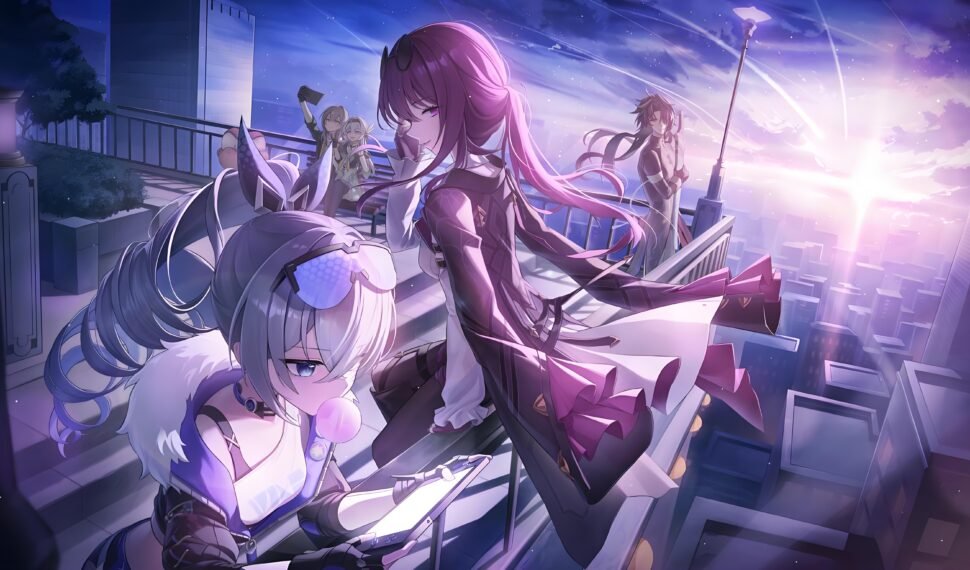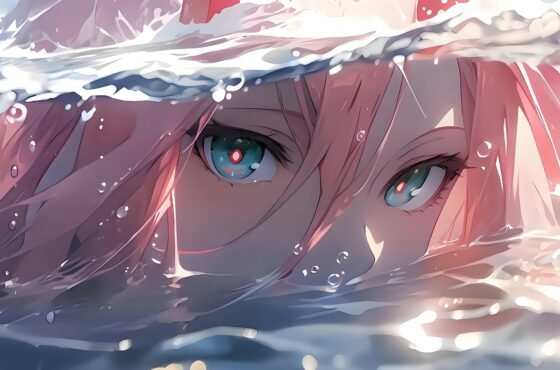
Game Type
Semi-turn-based
Round-based Manual can only use the first skill and the second skill during the action, and use the attack and skill one/two once at the beginning of each round (skill 1 round CD), and you can lock to use only one of the skills in the automatic battle. When the source energy is full, you can use the source energy explosion (that is, the big move, the big move no CD, as long as the source energy is full can play)
can not choose the target of the attack (each character’s attack object priority is different) are: front row priority, back row priority, the priority of the position
front row priority: from the front row to the back of the row to start attacking
back row priority: from the back of the back row to the front of the row to start attacking
position priority: from the character and the enemy’s mirror position to the front row to start attacking position priority: from the character with Enemy’s mirror position to the front row in order to start attacking
In terms of attack mechanics, the best one is Counterpoint Priority because it is the most flexible. It’s also rarer, with the most front-row attack type characters.
Card Drawing Mechanism
The card drawing mechanism of this game is the most conscientious among the games I have played. As long as each character is drawn, you can whore out a full star by exchanging information and copies of information.
The opening 20 draws can be unlimited redraw, draw to the SSR you want until (only three SSR characters to choose, are all output, respectively, is the thunder, fire, ice attribute)
characters are divided into: R card, SR card, SSR card
and all the card drawing game the same, there is a UP pool, the resident pool, the weapon pool, the weapon UP pool
character pool:
base probability of 3%, not three out of a thousand, the probability is high!
60 draw small guaranteed, 180 draw large guaranteed (both UP, or resident are inherited)
And, guaranteed out before, no matter how many SSR you out will not spend, is 60 draw to come out of a N SSR, the 60th draw will still come out of the SSR
Weapons Pool:
No guaranteed, but the base probability of 4%, when the 25 consecutive draws can not be SSR, and then each draw to raise 4%, that is, the worst of the worst of the worst of the worst of the worst of the worst of the worst of the worst of the luck of the 49th draw will be SSR. The 49th round must be out of SSR. generally according to the 60% probability on the words, as long as 39 rounds on the words.
The difference between the UP pool and the resident pool
The UP pool will have the current new characters + all the previous non-qualified characters (only one qualified for the moment)
And the resident pool will have all the previous non-qualified characters, i.e., the current UP will be put into the next period of the resident
And the probability of the UP pool is not 50%, most of the game is if the gold, the probability of the UP is 50%.
And the probability of UP characters in this game is 2 times higher than others, that is. If there are 20 characters. The probability of each character after the gold is 1/20, 5%, and the current UP is 1/10, 10%. So the vast majority of people draw 180 to get a big guaranteed out of UP. only a very few euromancer will not guarantee out. And the more characters you get out, the less likely you are to get a UP.
Intelligence Mechanism
The overflow after a character reaches 6 stars will be replaced with intelligence. And R card and SSR overflow intelligence is the same, the only difference is that the number of overflow is not the same after the character reaches the full star, every overflow 1 piece will get 3 intelligence value
When drawing card overflow
R card can get 15 intelligence value
SR card can get 60 intelligence value
SSR card can get 300 intelligence value
The price of exchanging the card is the same, one for one, only the price is different every time you bank
Specifically
The first grade: 1 intelligence for 1 The first grade: 1 piece of information for 1 piece, can be exchanged for 40 pieces
The second grade: 2 pieces of information for 1 piece, can be exchanged for 60 pieces
The third grade: 3 pieces of information for 1 piece, can be exchanged for 80 pieces
The fourth grade: 4 pieces of information for 1 piece, can be exchanged for 100 pieces
The fifth grade: 5 pieces of information for 1 piece, can be exchanged for a full star
So: information copy, priority to complete the R card, after the full star of the overflow will also be exchanged for the information.
And because the output of the intelligence copies are fixed, both SSR and R cards, the overflow can only be exchanged for 3 times the intelligence, unlike card draws, if you don’t have full stars. The exclusive intel drawn for each character is very low.
R card 5 pieces
SR card 20 pieces
SSR card 100 pieces
So in the character full star with intelligence book to brush the star is the most cost-effective. Use the information book’s
so the information copies start with the R closest to a full star!!!!
Keep swiping until all the 2 swaps and below have been swapped out.
Because swiping two full-star R cards with no first pass is a 6*4=24 pieces per day, which translates to 72 pieces of generic intelligence. Far more flavorful than you can brush any first pass below 2 change. The first thing you need to do is to get your hands on a new character, and then brush the rest of the first passes. 2-for-1 first passes are equivalent to 84 pieces of general information, which is 12 more than the 72 you can get daily. so it’s best to start brushing the other first passes when you’ve finished the first one for each character.
Only lastly brush your favorite SSR card!
Intelligence how to exchange is more cost-effective
R/SR card Guaranteed value is 3 for 1, 4 for more than not consi.
- 0 Comment
- News
- March 9, 2023







